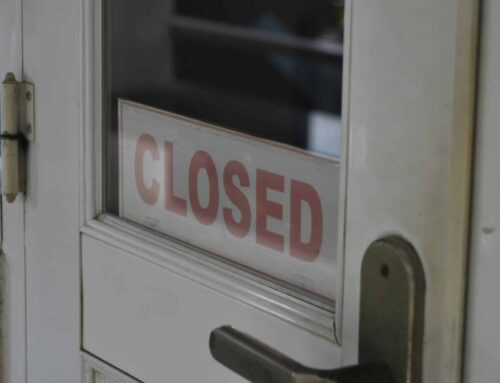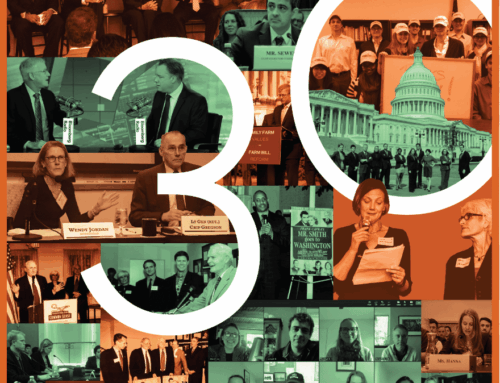The President’s Fiscal Year 2025 Budget Request includes $1.67 trillion in total discretionary budget authority. If enacted this would be a 4.5% cut from the $1.75 trillion in discretionary spending authority from Fiscal Year 2023.
But this is really a “cut” in name only.
Of this amount $1.629 trillion is requested for “base” discretionary funding (these are appropriations to accounts that count against spending caps) and would be a 0.7% increase compared to the $1.618 from FY2023. The projected decrease comes from “non-base” funds.
“Non-base” discretionary funds cover appropriations derived from outside the base/normal budgeting process. These include supplemental appropriations in response to emergencies, budgeted disaster response accounts (like FEMA’s Disaster Relief Fund and Forest Service Wildfire Response), as well as other “exempt” funding. Often these funds derive not from the General Treasury, but specific user fees (Harbor Maintenance Trust Fund and the EPA’s Superfund fee are a couple of examples).
The President’s budget includes more than $41.6 billion in non-base discretionary spending. The non-base request includes $23 billion for FEMA’s Disaster Relief Fund, $8 billion in emergency funds for the Departments of Homeland Security and Health and Human Services and other “exempted” accounts. But that’s just a start – it often grows through the year. If that’s all that gets appropriated in FY2025 it would total $41.6 billion – a far cry from the $132.4 billion that ended up being appropriated across these accounts in 2023. It would be an even more dramatic drop from the $177.8 billion the administration projects will be made available in Fiscal Year 2024.
That last line is the real rub. Any projection of an increase or decrease in spending is necessarily speculative because the Fiscal Year 2024 budget process isn’t even over! While the administration’s budget assumes 2024 spending bills will ultimately adhere to spending levels agreed to in the FRA, it’s anyone’s guess whether that will actually happen.
Finally, the administration’s footnotes point out two other caveats that lead to an undercount of actual spending. First are billions in “side deals” in the FRA that include “shifted base funding and adjusts for certain offsets included in the Budget that are part of the FRA agreement to provide non-defense resources above the FRA caps.” Second, funds from the Infrastructure Investment and Jobs Act (IIJA) are not included “as these amounts are kept separate from other discretionary amounts included above that are considered during the regular appropriations process.” The Administration pegs IIJA funds at $66 billion for Fiscal Year 2025.










